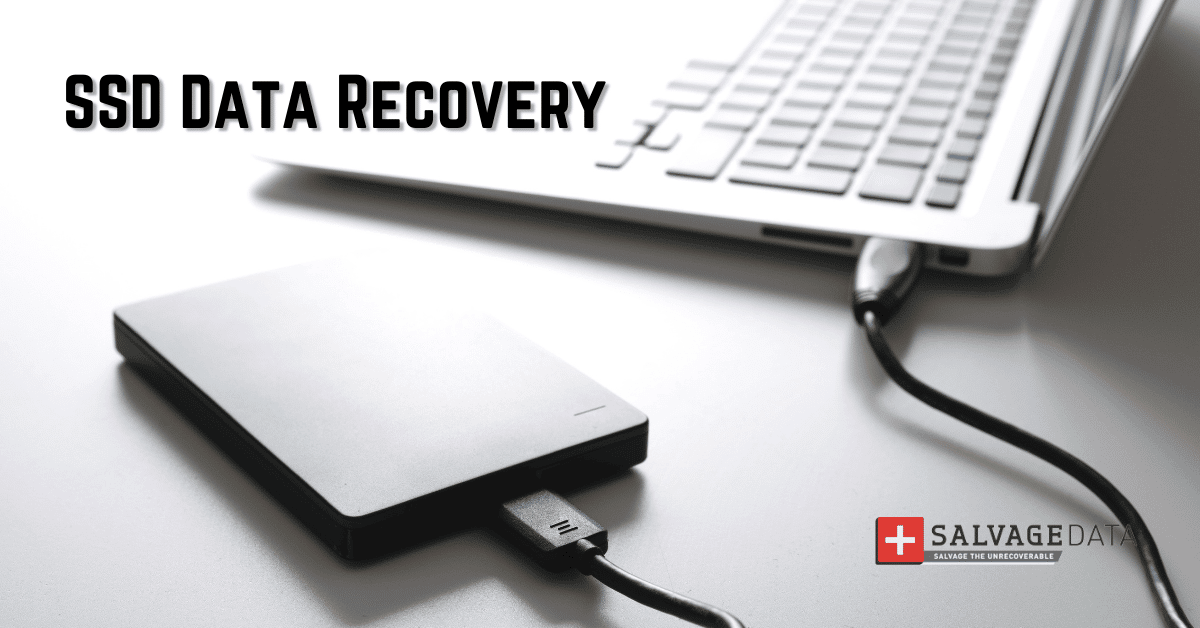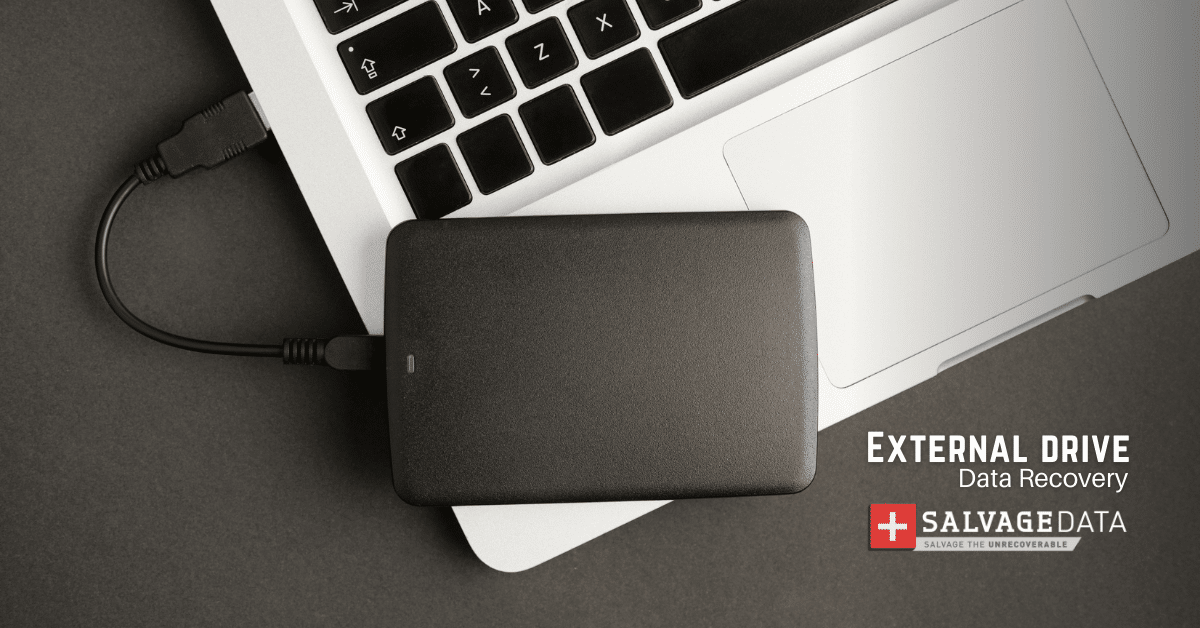Recent Articles
How To Recover Overwritten Files
The Snowflake Data Breach: A Comprehensive Overview
Mac Not Recognizing External Hard Drive: Quick Fix Solutions
How Multi-Cloud Backup Solutions Can Prevent Data Disasters
Capibara Ransomware: What is it & How to Remove
What Should a Company Do After a Data Breach: The Ticketmaster Incident
Secles Ransomware: Removal Guide
What To Do When Your Chromebook Freezes
How to Create Hyper-V Backup
What Is The Best Data Recovery Software For PC

I think there's an issue with my storage device, but I'm not sure Start a free evaluation →
I need help getting my data back right now Call now (800) 972-3282
Your home’s Wi-Fi router is the portal by which you access the internet. And when you view it from this perspective, you can see how integral it is to have Wi-Fi security standards in place to protect your incoming and outgoing data.
However, when many think of security, we think of our connected devices, not the device it connects to. While keeping software up to date on your connected phones, tablets and computers are an important consideration, that is only one aspect of it as well.
What happens if your home’s Wi-Fi router becomes infected with malware or malicious software? Then, like a virus, it can spread to other connected devices such as your phone or computer and in some cases, this can lead to data loss.
With these things in mind, it’s important to also take Wi-Fi security seriously as it concerns your router.

What are the Risks Associated with Poor Wi-Fi Security?
In the past few weeks, the FBI along with Cisco, announced that many routers were infected with malware called VPNFilter by Russian hackers. The malware works by reading the web traffic of a router and the devices it’s connected to and can manipulate it.
How is this dangerous? To demonstrate, hackers learn your web behaviors and can make phony websites that mirror the ones you visit. In the case of online banking, how often do you check the website before you log in? Chances are if you’re like some, you take a cursory glance then log in.
And that’s where the opportunity is for thieves. They can mirror bank’s websites with fake ones, then when you enter your information, they have it. From there, they could steal your identity, drain your bank accounts, open credit cards in your name and a whole lot of other stuff that would make your life less pleasant.
Another trick they use is to gain access to your email accounts. Once they do, they can send the malicious code through hyperlinks or email attachments. Upon the recipient opening these, it could infect their devices too.
Moreover, if you work remotely and have access to sensitive files on clients, companies, etc., having an infected router allows hackers to intercept files you send between colleagues. However, it isn’t all doom and gloom as there are precautions you can take to shore up your security.

How Do I Improve My Wi-Fi Security?
The New York Times recommends having your Wi-Fi station run on the latest firmware, as this reduces the risk of malware intrusion. Here’s how to ensure the software is up to date:
- Find your IP address by going to Google and typing in “my IP.” Keep in mind if you’re using a VPN server you’ll want to disable this first since VPNs constantly change your IP address.
- Once you have your IP address, go to your web browser and type it into the address bar.
- From there, you can log in using your username and password, normally supplied by your ISP on the router.
- Upon accessing your account, click on the firmware settings then check for any software updates. If there is one available install it.
- You can also contact your ISP provider to see if your Wi-Fi equipment has the latest software installed.
- Lastly, the New York Times recommends checking for software updates every three to six months.
If you experience data loss, know there are experts who can help you recapture it. The team at Salvage Data has the tools and expertise to harvest your files lost due to malware or other corruption. So, if the unthinkable happens, we are here for you. Contact us today to learn how we can help.













